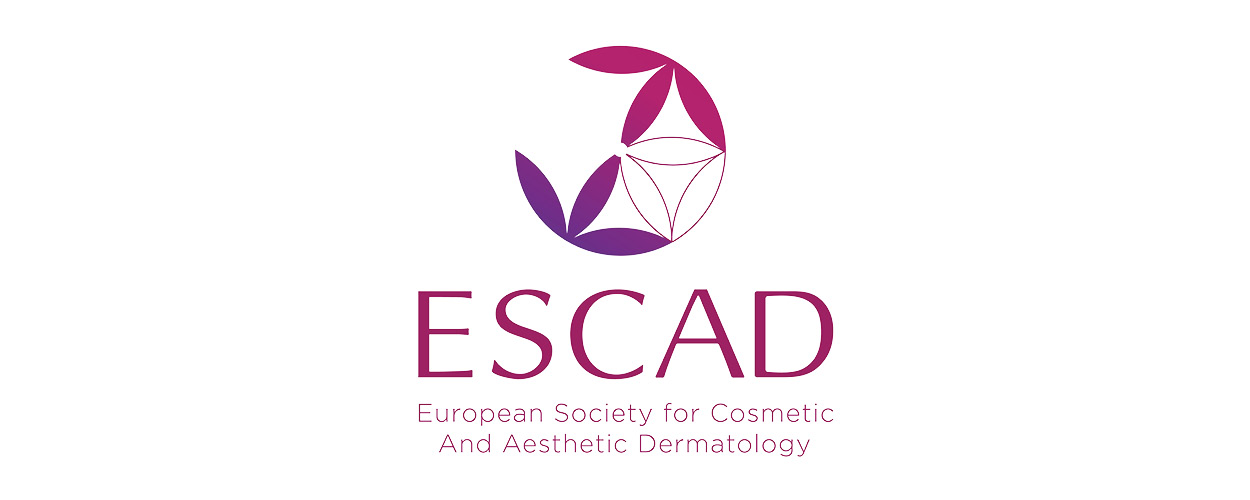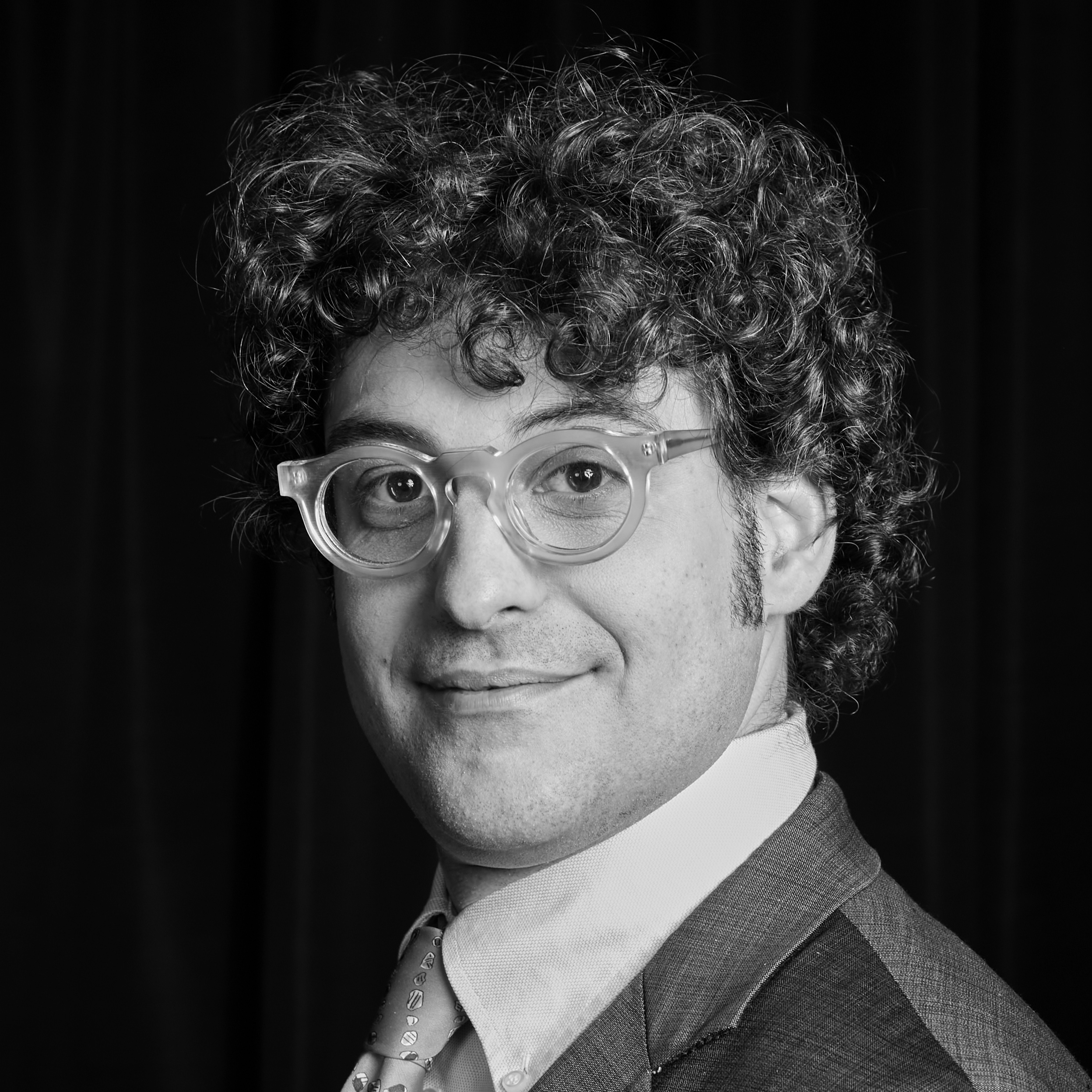VOLVER
IMCAS World Congress 2025
IMCAS World Congress 2025
Programa
Adapte el horario de la clase / congreso transmitido en vivo a su zona horaria
Referencia de zona horaria: (UTC+02:00) Europe, Paris
Patient-doctor interaction and patient's psychology (in collaboration with ESCAD)
Sala: Room 242 - Level 2
Fecha: viernes 31 enero 2025 de 16:00 a 17:00
Formato: SESIÓN ENFOCADA > presentación que cubre una temática principal del congreso
Fecha: viernes 31 enero 2025 de 16:00 a 17:00
Formato: SESIÓN ENFOCADA > presentación que cubre una temática principal del congreso
Las presentaciones
| Horas | Oradores | Título de la presentación | Resumen | Número |
| 16:00 | Body Dysmorphic Disorder | Ver | 140025 | |
| 16:12 | Achieving client satisfaction: A roadmap to effective communication | Ver | 140027 | |
| 16:24 | Psychology behind the amazing trend in the number of injectable treatments | 144417 | ||
| 16:36 | Cosmetorexia: A new clinical manifestation of body dysmorphism | 142623 | ||
| 16:48 | Discussion and Q&A | 140031 | ||









